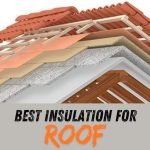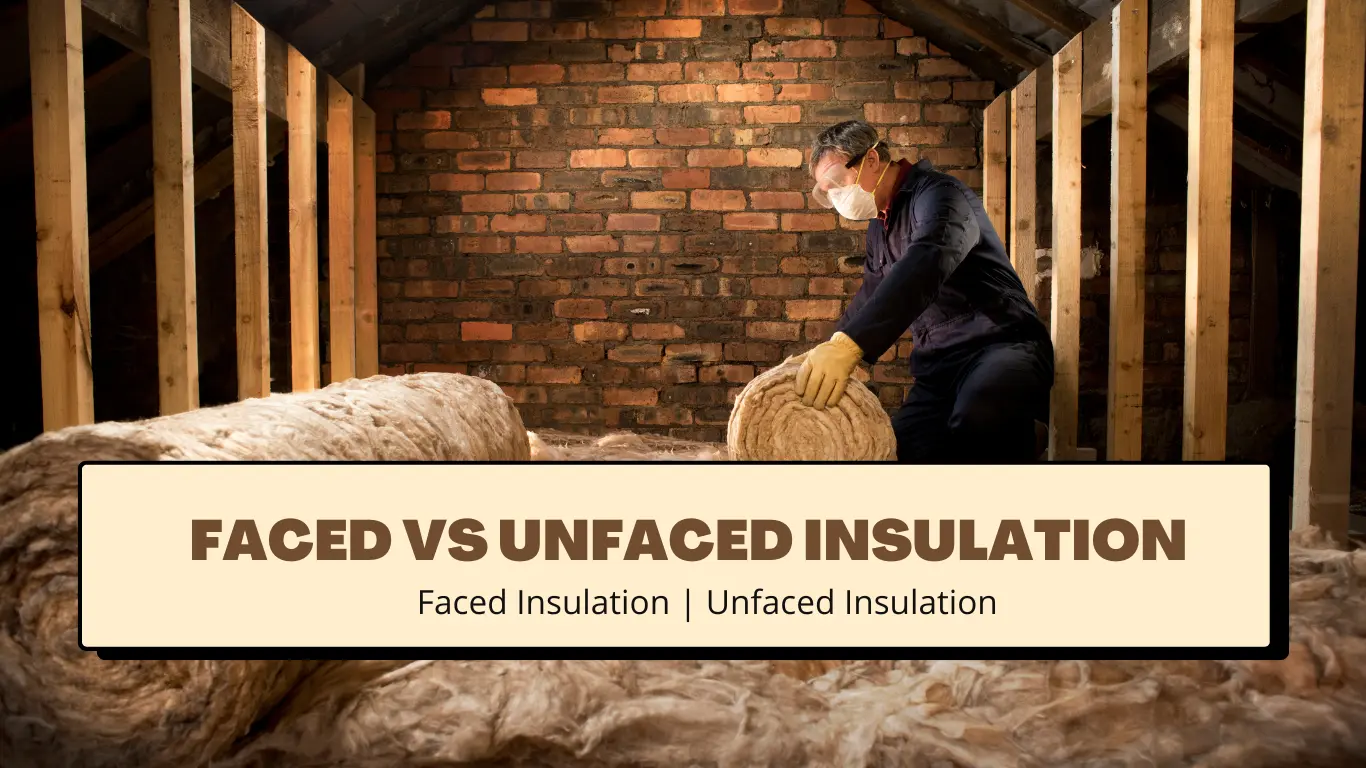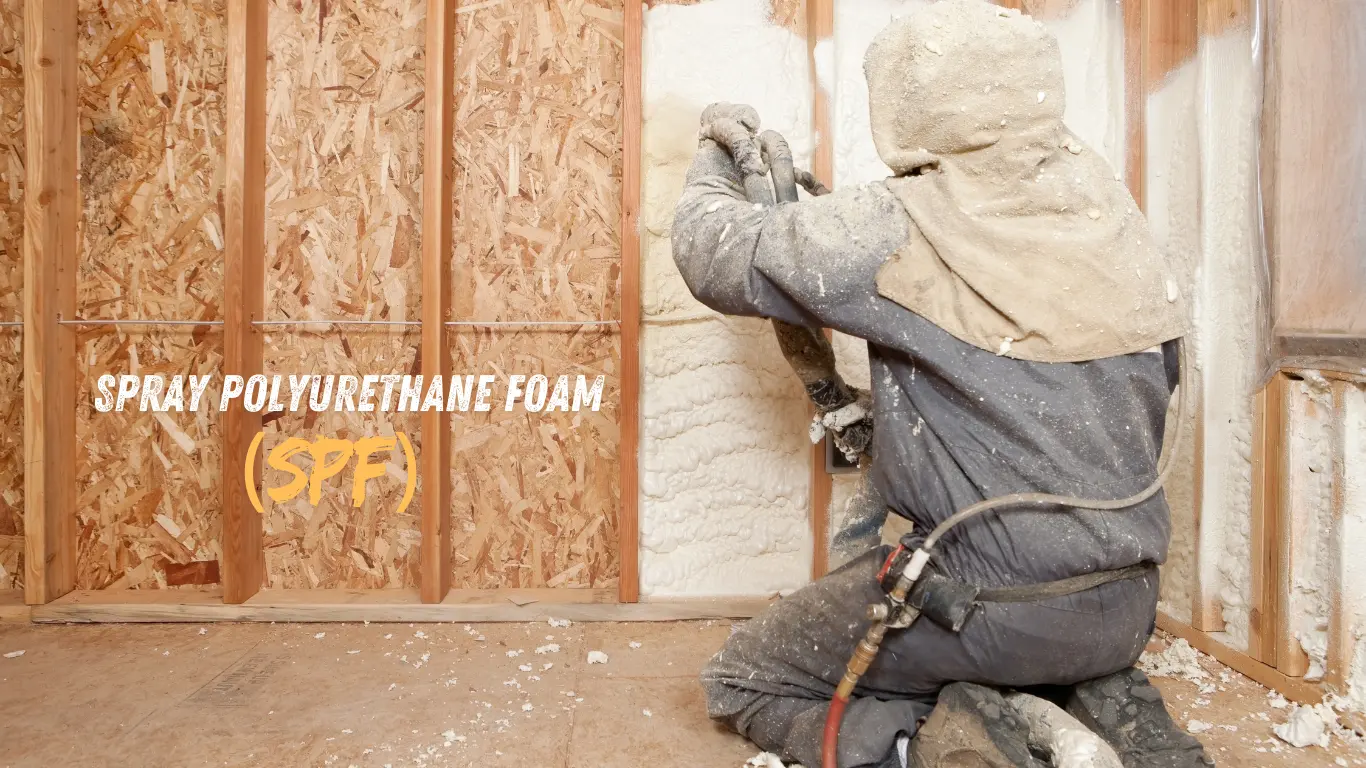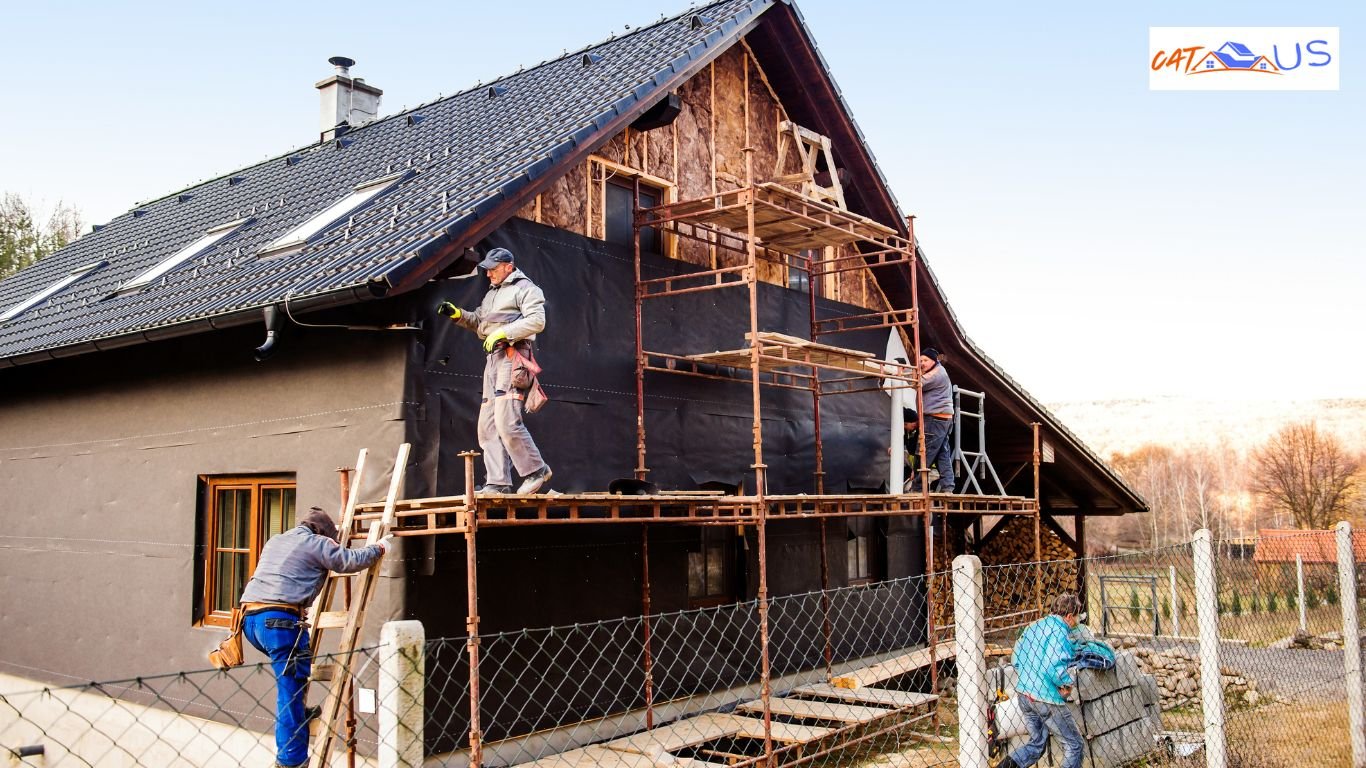Improving the insulation of your roof is one of the smartest investments you can make for your home.
Not only does it enhance energy efficiency, but it also ensures a comfortable living environment year-round. However, with various types of roof insulation available, finding the perfect option for your needs can feel overwhelming.
Here’s a detailed look at the best insulation options for roofs, tailored to suit diverse requirements and budgets.
Types of Roof Insulation: Tailored Choices for Every Roof
1. Fiberglass Batt: Affordable and Effective
Fiberglass batt insulation is among the most popular choices for homeowners due to its affordability and ease of installation. Made from fine glass fibers, it offers high thermal resistance (R-value of 3 to 4 per inch) and is available in rolls or batts. It’s also eco-friendly, as it often contains 40-60% recycled materials.
Pros:
- Cost-effective
- Easy to install
- Resistant to mold and mildew
- Non-combustible
Cons:
- Can cause skin and lung irritation during installation
- Absorbs moisture, reducing efficiency
From personal experience, I’ve found that fiberglass batt works best in areas with minimal moisture exposure. It’s an excellent option for quick upgrades, especially in older homes where the attic insulation might be outdated.
2. Spray Foam Insulation: Versatile and Airtight
Spray foam insulation is a top-tier option for homes with irregular roof structures or hard-to-reach spaces. Applied as a liquid, it expands to fill gaps, providing an airtight seal. Its R-value ranges from 3.6 to 7 per inch, depending on whether you choose open-cell or closed-cell foam.
Pros:
- Superior thermal performance
- Excellent at sealing air leaks
- Long lifespan (up to 100 years)
Cons:
- Expensive
- Requires professional installation
- Not environmentally friendly
When used for pitched roofs, spray foam is particularly effective in creating a continuous thermal barrier, keeping the roof space warm and eliminating drafts. While costly, its ability to mold into irregular spaces makes it invaluable for unique roof designs.
3. Mineral Wool: Fire-Resistant and Durable
Made from volcanic rock or slag, mineral wool insulation is known for its fire-resistant properties and superior soundproofing. Its R-value ranges from 3.1 to 4 per inch.
Pros:
- Fire-resistant
- Moisture-resistant
- Good acoustic insulation
Cons:
- More expensive than fiberglass
- Heavier, requiring structural considerations
In homes located near busy streets or noisy neighborhoods, I often recommend mineral wool for its soundproofing abilities. It’s a lifesaver for light sleepers.
4. Polyisocyanurate (PIR) Boards: High Thermal Efficiency
PIR boards are rigid foam insulation materials offering a high R-value (5.6 to 7 per inch). These boards are lightweight, easy to install, and compatible with various roofing materials.
Pros:
- High thermal resistance
- Fire-resistant
- Low environmental impact during production
Cons:
- Susceptible to water absorption
- Reduced efficiency in cold climates
For warm roof insulation in pitched roofs, PIR boards excel by creating an insulating envelope directly under the roof covering, ensuring energy efficiency for living spaces.
5. Expanded Polystyrene (EPS): Budget-Friendly Option
EPS is a lightweight, cost-effective foam insulation option with an R-value of 4 to 4.5 per inch. It’s easy to cut and install but requires extra care to protect against fire and moisture.
Pros:
- Affordable
- Easy to install
Cons:
- Not fire-resistant
- Derived from non-renewable resources
EPS works well for insulating roof rafters due to its lightweight nature. It can be shaped to fit between rafters and provides reliable insulation at a lower cost.
6. Reflective Insulation: A Solution for Hot Climates
Reflective insulation, often made of foil-lined materials, is an excellent choice for homes in warm climates. It reduces heat gain by reflecting radiant heat away from the roof surface.
Pros:
- Lightweight and easy to install
- Effective in reducing heat gain
Cons:
- Less effective in colder climates
- Requires proper air gap to function effectively
In one of my projects in a particularly hot region, reflective insulation drastically reduced indoor temperatures, enhancing comfort and cutting down cooling costs significantly.
Choosing Insulation Based on Roof Type
1. Flat Roofs: Addressing Unique Challenges
Flat roofs often face challenges like water pooling and higher heat absorption. The following materials excel in these conditions:
- Polyisocyanurate (PIR): Lightweight and thermally efficient.
- Extruded Polystyrene (XPS): Durable with excellent moisture resistance.
- Expanded Polystyrene (EPS): A budget-friendly option for moderate climates.
When I renovated a commercial property with a flat roof, I chose XPS for its durability. It held up wonderfully against frequent weather changes.
2. Pitched Roofs: Flexible Options for Complex Structures
Pitched roofs, with their slopes and angles, require flexible insulation solutions:
- Cold Roof Insulation: Fiberglass batts or cellulose are ideal for attic spaces used as storage.
- Warm Roof Insulation: Spray foam or rigid foam boards work well for living spaces under the roof.
Warm roof insulation in pitched roofs involves applying insulation directly on the rafters, creating a thermal envelope that keeps the entire roof space warm. This method is ideal for attics converted into living areas.
Sustainable Insulation Choices
For environmentally conscious homeowners, certain materials stand out:
- Cellulose: Made from recycled paper, this option is eco-friendly and cost-effective.
- Sheep Wool: The most sustainable choice, offering natural thermal and acoustic properties.
- Mineral Wool: Contains recycled content and boasts excellent durability.
While working on a green building project, I recommended sheep wool insulation. Its eco-friendly nature and excellent performance impressed both me and the homeowners.
Additional Considerations for Roof Insulation

1. Insulating Roof Rafters
Insulating roof rafters involves placing insulation material between or over the sloped structural beams, ensuring optimal thermal performance.
Materials like rigid foam boards, fiberglass, or sheep wool are commonly used for this purpose. Sheep wool stands out as a sustainable choice, offering moisture regulation and fire resistance while maintaining thermal efficiency.
2. Soundproofing
If noise pollution is a concern, opt for insulation materials with soundproofing properties, such as mineral wool or cellulose. These materials are excellent at absorbing sound, making them ideal for homes near busy roads or urban areas.
3. Moisture Management
Moisture can compromise the effectiveness of insulation. Materials like XPS and mineral wool are highly moisture-resistant, making them suitable for humid climates or areas prone to leaks.
4. Longevity and Maintenance
While some materials like spray foam have a lifespan of up to 100 years, others may require periodic checks and replacements. Choosing durable options can save you time and money in the long run.
5. Combining Insulation Types
In some cases, combining different types of insulation can yield the best results. For instance, using reflective insulation alongside fiberglass batts can enhance thermal performance in mixed climates.
Factors to Consider When Selecting Roof Insulation
- Climate: High R-value materials are essential for colder climates, while reflective insulation suits warmer regions.
- Budget: Balance upfront costs with long-term savings on energy bills.
- Roof Structure: Choose materials that conform to the shape and structure of your roof.
- Moisture Resistance: Prioritize moisture-resistant options for humid or wet environments.
- Fire Safety: Select fire-resistant materials for enhanced safety.
- Sustainability: Eco-friendly materials like sheep wool or cellulose are ideal for reducing your carbon footprint.
Professional Installation vs. DIY
While some insulation types, like fiberglass batts, are DIY-friendly, others, such as spray foam, require professional expertise. Hiring experts ensures optimal performance and adherence to safety standards.
In my experience, professional installation can save you from costly mistakes, especially with complex materials like spray foam or rigid boards. For simpler projects, like adding fiberglass batts, a DIY approach can work well with the right tools and precautions.
By carefully evaluating these factors and tailoring your choice to your specific needs, you can ensure a well-insulated, energy-efficient roof that enhances comfort and reduces costs.
Frequently Asked Questions:
Q1. What type of insulation is best for a roof?
Fiberglass batt is often regarded as the champion of roof insulation. It’s not only the best choice for roofing but also cost-effective and easy to install. In my experience, its energy-efficient nature makes it a reliable barrier against temperature extremes, ensuring consistent comfort throughout the year.
Q2. What is the highest performance roof insulation?
Phenolic insulation, such as the Kooltherm range of products, stands out as one of the most thermally efficient options available. In my experience, its efficient design makes it a go-to choice for projects where maximum thermal performance is essential.
Q3. What thickness roof insulation is best?
Ensuring the right thickness of loft insulation is crucial for maintaining a comfortable environment in your home while keeping energy bills down. From my experience, it’s vital to consider the material you choose and to ensure the correct thickness is applied. The recommended standard for loft insulation is 270mm, which helps optimize energy efficiency and comfort.












